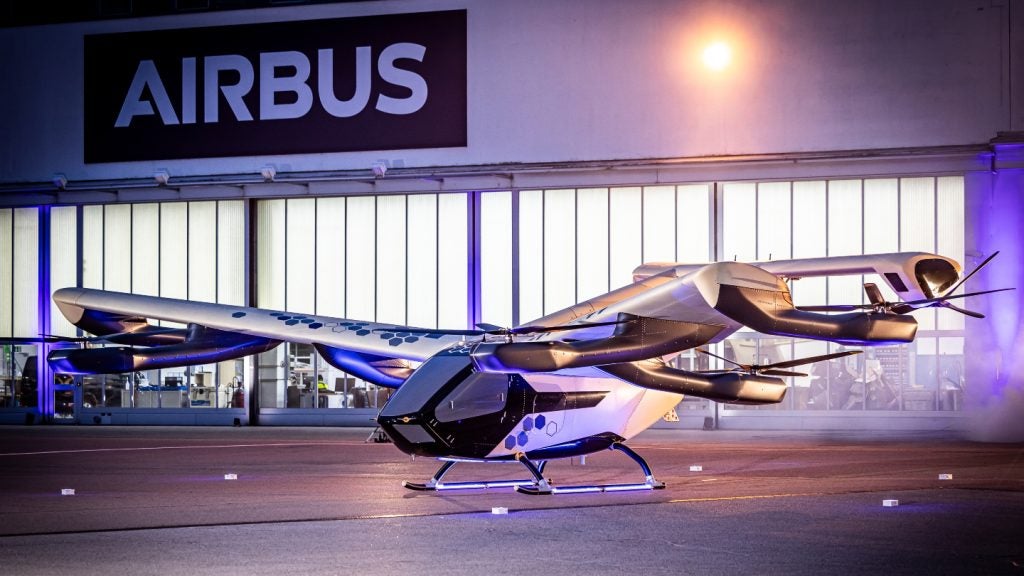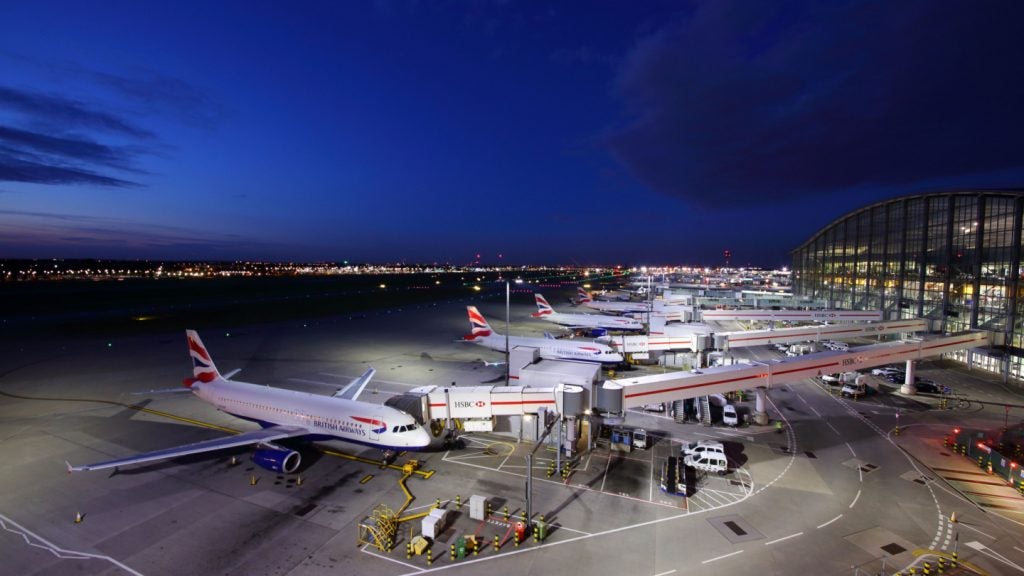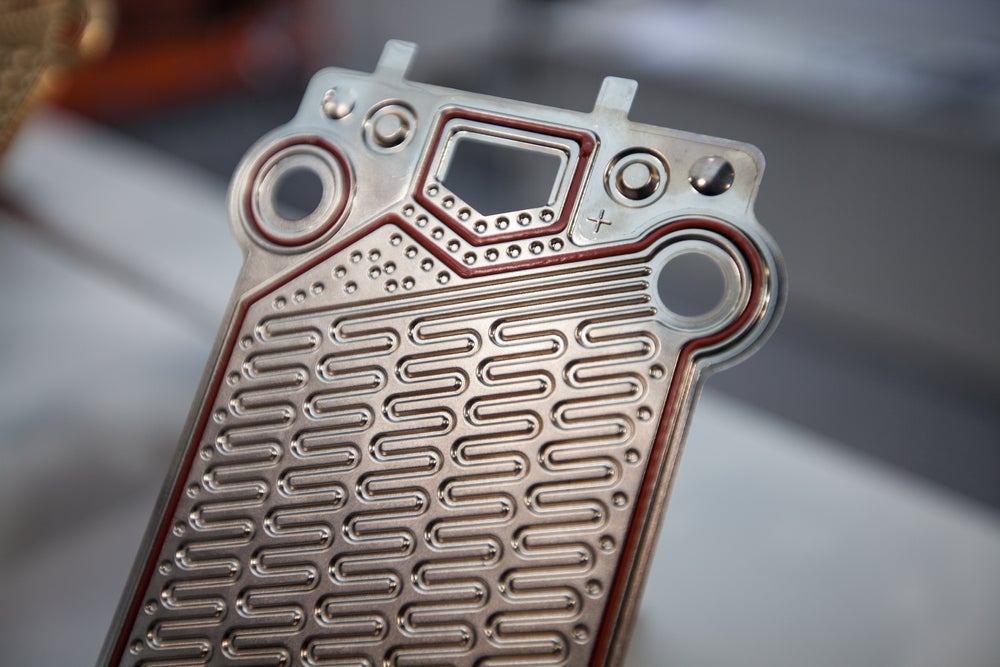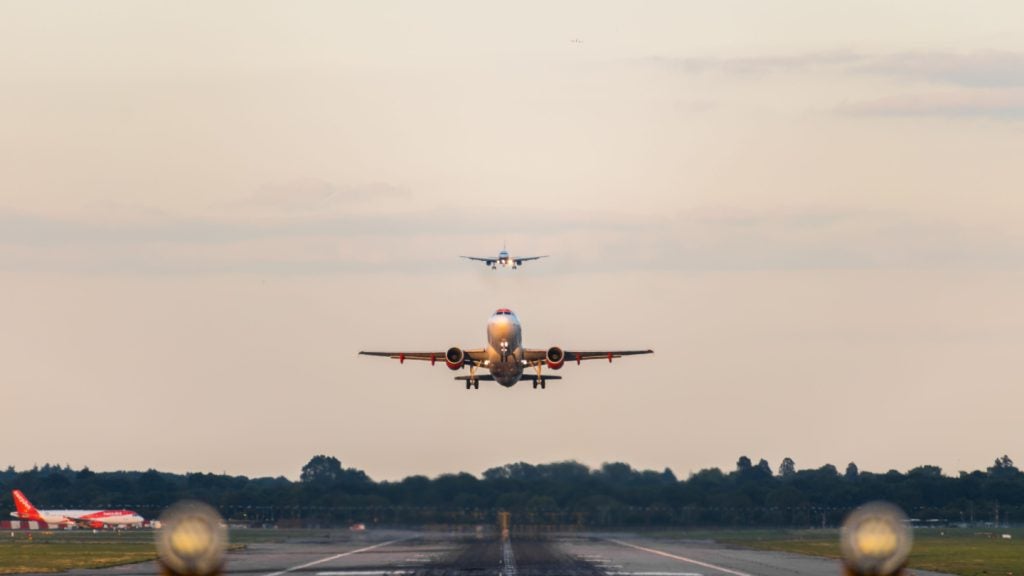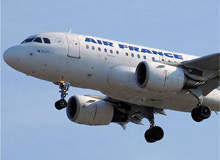
European Union skies harbour some of the busiest airspace in the world, yet remain hampered by obsolete air traffic control and Cold War notions regarding national borders, sovereignty and aviation regulation. But as Europe’s skies get busier and costs escalate, the pressure is on for airports and carriers alike to boost safety and efficiency.
The European Commission has flagged air traffic management (ATM) reform as a top priority and instigated legislation to facilitate improved and unified European airspace management around the concept of a Single European Sky (SES), a plan which came into force in 2004.
According to the Commission, Europe saw 10.5 million flights a year in 2006 and is expected to tip 17 million flights a year by 2020.
The Commission says Europe’s aviation networks, constrained by national borders, make intra-European flights about 15% less efficient.
“Increase in traffic is met mainly by opening new ‘sectors’ with a proportional increase in staffing and hence cost. [This] will lead in five to ten years to a capacity wall unless radical action is taken to speed up technological innovation,” it said.
See Also:
“Already, disruptions such as aircraft delays, incidents caused by bad weather conditions or accidents have significant ‘knock-on’ effects on the whole system and underlines the ‘interconnected’ nature of air transport in Europe.”
How well do you really know your competitors?
Access the most comprehensive Company Profiles on the market, powered by GlobalData. Save hours of research. Gain competitive edge.

Thank you!
Your download email will arrive shortly
Not ready to buy yet? Download a free sample
We are confident about the unique quality of our Company Profiles. However, we want you to make the most beneficial decision for your business, so we offer a free sample that you can download by submitting the below form
By GlobalDataSESAR AND SES
Key to realising the SES is the Commission’s SES ATM Research (SESAR) air traffic control infrastructure modernisation project. SESAR – spawned from an original proposal by the air traffic alliance of technology providers Thales, Airbus and EADS – aims to introduce innovative, Europe-wide, interoperable ATM, supported by relevant regulatory, political and practical initiatives.
It’s expected to triple capacity, reduce environmental impact of each flight by 10%, reduce ATM costs by 50% and increase safety by a factor of ten, the Commission says.
Diverse industry stakeholders have been collaborating to define development and deployment plans in an initial four-year €60m phase expected to conclude in 2008. Then the project enters a €2.1bn development and convergence phase expected to take until 2013, with full SESAR implementation slated for 2020.
“The development phase will produce the required new generation of technological systems and components as defined in the definition phase,” the Commission said. A Galileo-type joint venture has been proposed to manage the system and federate funding from the European Community, Eurocontrol, industry and third, non-European countries, such as the US.
Transnational, instead of national, airspace blocks will be created, streamlining flight paths across Europe and helping airports to improve ground facility efficiency and capacity while reducing the need for additional time per plane movement to be scheduled, freeing up air traffic controllers to handle more take-offs and landings safely.
It’s also expected to help with national security measures, but the Commission would not comment on this ahead of the next major SES announcement in May.
AIRPORT TECHNOLOGY
To achieve this, European ATM networks will need complete interoperability, with greater transparency and better accounting procedures adopted alongside new technologies and operational concepts, according to the Commission. Regulatory activities are to be separated from service provision, and common rules and standards enforced across a common European aviation area.
The Commission believes airport developments will prove increasingly important as the SES develops. “SESAR proposes a number of operational technologies and procedures that will make it possible to manage airport movements more efficiently,” it said in a 2007 report.
Smoother approaches are sought as well as better forecasting and detection of slipstream turbulence to enable planes to fly closer together. Modern systems for assigning planes to departure and arrival queues are needed. Automated ATM could reduce the workload on controllers, slashing European control centre numbers from 50 to ten and saving billions of euros each year, according to the Commission.
“Technologies and operational procedures developed in the context of SESAR will make it possible to share the workload between the air traffic controller on the ground and the pilot; for example, where the latter is in a better position to take responsibility for certain constraints, such as maintaining a certain separation from the preceding aircraft on approach.”
According to a 2005 study by Steer Davies Gleave, advanced civil and military airspace sharing and improved routing is needed alongside better collaboration and efficiency, harmonised across Europe’s 450 airports, 130 airlines and myriad service providers.
Early ATM near-term datalink applications, such as controller-pilot datalink communications (CPDLC) and digital-automatic terminal information services (D-ATIS) are part of what’s expected, along with applications using downlinked aircraft data, supported by mode-S enhanced surveillance or automatic dependent surveillance-broadcast (ADS-B out), that could downlink avionics data to air traffic controller screens, the study said.
Aircraft spacing applications (ASAs) for both en-route and terminal airspace would improve safety in crossing and passing manoeuvres and final approach spacing.
Advanced conflict detection and multi-sector planning and various advanced 3D and 4D navigation is also needed to further boost air traffic control’s ability to monitor and predict aircraft movements at any time, the study said.
Airborne separation assistance systems are needed to keep planes apart in the air, alongside real-time air-to-ground datalinks and trajectory planning or ground deconfliction systems. Visibility at airports in all weathers could be boosted using, say, new landing systems and advanced sensor-based ground guidance, the study said.
“[SESAR] specifically aims to provide more support for increased automation such as flight plan consistency checks and dynamic route availability,” the study said.
According to the European Commission, half of all delays are due to the way airspace is managed and fragmented into 15 national spaces. Major aviation accidents in Europe have been directly linked to air traffic management problems.
“All forces should be pulled together. Uncoordinated development of separate national technical systems risks duplication of effort, significant additional cost, and unnecessary delays in the introduction of new equipment. Users suffer in terms of cost and performance, and air traffic controllers are obliged to use suboptimal systems.”
Current ATM technology dating from the 1970s (and sometimes from the 1950s) forces aircraft to follow rigid, often overcrowded fixed-point trajectories. Post-SESAR, air traffic controllers will know and share current and planned aircraft positions, rather than merely estimating them, in a new setup that will also link to European geospatial satellite system Galileo.
PROGRESS SO FAR
Moves to the SES have also greatly been assisted by EU moves such as the removal of EU border checks at airports. But, according to the European Commission, improved flight efficiency, lower costs and defragmentation of service provision aren’t yet happening.
Certain nations, for instance, have resisted the move to cross-border cooperation and integration. Spain, for one, blocked the inclusion of Gibraltar Airport in the SES.
Meanwhile, current science is forcing moves to minimise greenhouse gas emissions from human activity. Aviation contributes 3% of the EU’s total greenhouse emissions but the share is growing. Shortest available routes are underused due to a lack of real-time, precise information, costing airlines around €1.4bn and emitting an extra 4.8 million tons of CO2 per annum, the Commission says.
The Commission argues that SESAR may cut emissions, positing that the SES programme should therefore be accelerated rather than slowed, especially as fuel costs rise.
“Fragmentation is the major bottleneck in improving performance of the European ATM system,” it said late last year. “The Commission will come forward in the second quarter of 2008 with concrete proposals for a second [improved] SES package.”
An announcement on this is still to come. Further contributors of collaboration and funding to the SESAR project are still sought.



